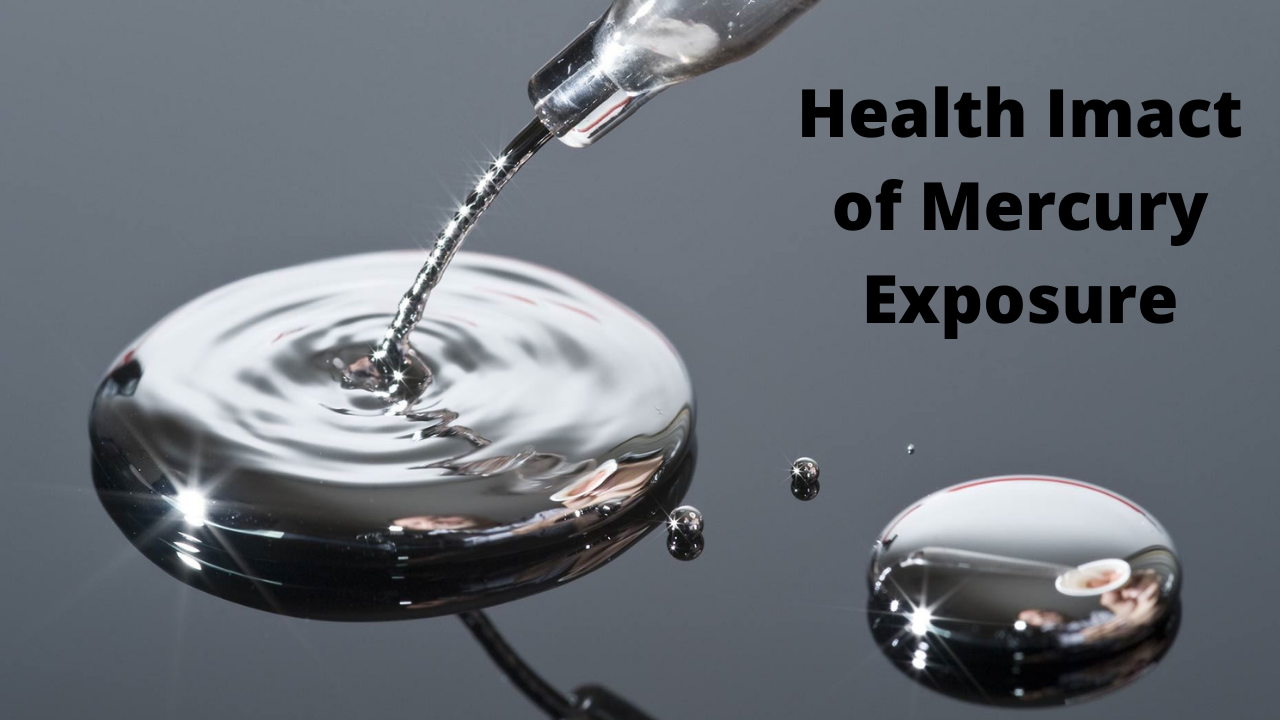Water is essential to our survival, but it can also be a source of contamination. That’s why it’s essential to test your water regularly for harmful contaminants, including heavy metals.
A variety of heavy metals can be found in water, but some are more harmful than others. Here are a few of the most common heavy metals to watch out for:
Table of Contents
1. Arsenic
Arsenic is a naturally occurring element found in rocks, soil, and water. It is odorless, tasteless, and therefore difficult to detect without proper testing. Although small amounts of arsenic are not harmful, long-term exposure can lead to serious health problems, including cancer.
Arsenic can enter the water through natural sources, such as rocks and soil, or from human activities, such as mining and using certain pesticides. Once in the water, it can be difficult to remove and may require special treatment.
There are a number of ways to treat water to remove arsenic. The most common method is an ion exchange system, which exchanges arsenic ions in the water with ions of a different element, such as sodium. Other methods include reverse osmosis, distillation, and activated alumina.
2. Lead
Lead can enter drinking water when service pipes that contain lead corrode, especially where the water has high acidity or low mineral content that corrodes pipes and fixtures. The most common problem is copper pipes with lead soldering, although lead pipes are also a problem.
Lead is a toxic metal that can cause serious health problems if ingested. The most common symptoms of lead poisoning are stomach pain, vomiting, constipation, and diarrhea. Lead can also cause anemia, high blood pressure, and kidney damage.
If you find that you have lead in your water, there are a few things you can do to mitigate the problem. You can install a water filter that is designed to remove lead. You can also flush your pipes by running water through them for several minutes to remove any lead that may have accumulated.
3. Copper
Copper is an essential micronutrient for human health but can be toxic at high levels. The Environmental Protection Agency (EPA) has set a maximum contaminant level goal (MCLG) for copper in drinking water of 1.3 mg/L. This means that if copper levels in drinking water exceed this level, it could potentially cause health problems.
The most common symptoms of copper toxicity are gastrointestinal in nature and can include nausea, vomiting, and diarrhea. More serious effects can include liver and kidney damage and even death. Infants, young children, and pregnant women are particularly vulnerable to the effects of copper toxicity.
If your water contains more than the MCL for copper, you should contact your local water utility to find out what is being done to correct the problem. In the meantime, you can reduce your exposure to copper by using an alternative water source, such as bottled water, or by installing a home water filtration system.
Final Thoughts on Heavy Metals in Water
If you are concerned about heavy metal contamination in your water, you should have it tested by a qualified professional. Water testing can help you identify any contaminants that may be present and take steps to remove them from your water supply.
Do you need cleansing detox drops online to prevent the presence of heavy metals in water? Check out Zeolite for Detox today!
Recent Posts
Revitalize your health with an innovative detox approach offered by Root Wellness. This powerful solution enhances wellness through natural ingredients like zeolite and silica, effectively cleansing...
Roots Clean Slate Erfahrungen Revitalize With Bioavailable Silicon
Revitalizing your health begins with a natural approach to removing harmful substances. Detoxification can pave the way for a more vibrant life through effective cleansing methods. Bioavailable...


